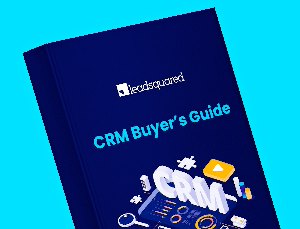How to Write Follow-up Emails After No Response [25 Ready-to-use Templates]
By Nidhi Agarwal | 21 Mar, 2024
You can also download the follow-up email templates pdf to share with your friends or refer to it later. :)
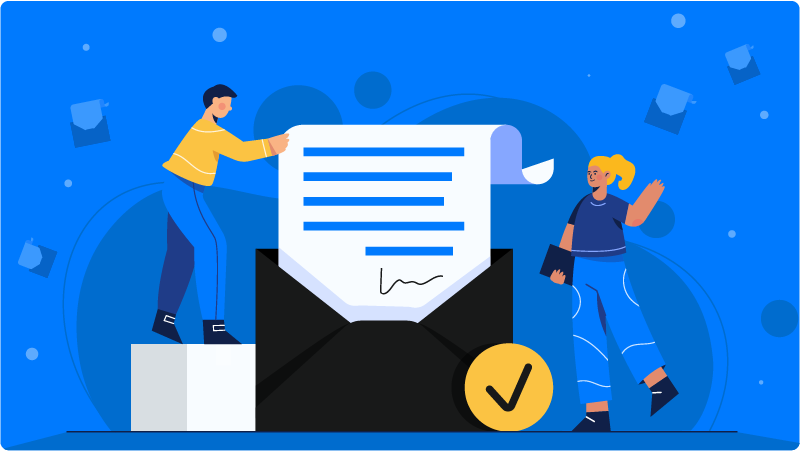
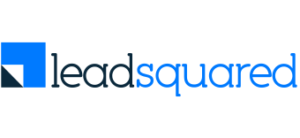









You can also download the follow-up email templates pdf to share with your friends or refer to it later. :)

Here’s the thing that no one talks about:
Follow-up emails perform better than the original.
Weird, right?
But it’s true.
Speak to anyone in sales or marketing, and they’ll tell you the same thing:
Follow-ups work better.
Follow-up emails increase response rates.
Our data backs this up, too.
For instance, last month we sent 4 emails to a segment of 26,000 subscribers for an upcoming webinar. We planned a sequence of 4 emails:
The introduction email had an open rate of 20.1%.
Not bad, by any means.
But the follow up email? That had an open rate of 23.6%!
(The follow-up email had a 17% better response rate).
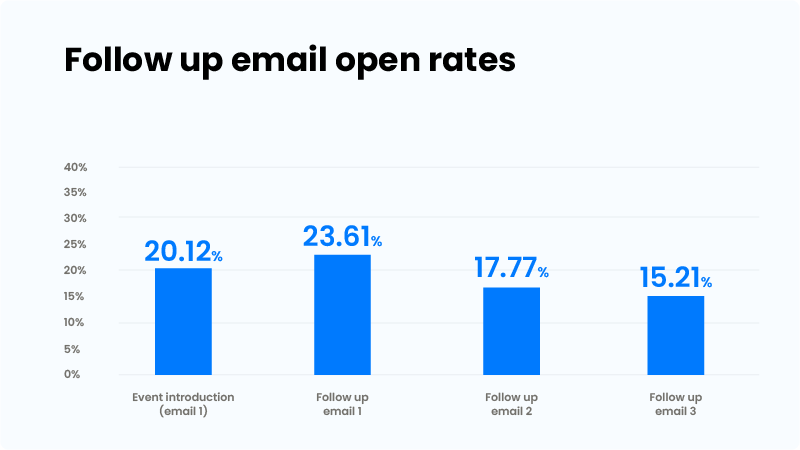
It’s not a one-off, either.
Follow-up emails generally have better open and response rates than the first email.
It’s not just us, either.
Research from Woodpecker found that emails without a follow-up achieve an average response rate of 16%.
In comparison, those who send at least one follow-up email in a campaign reach 27%.
The moral – follow-up emails are essential!
But what happens if you follow-up and STILL don’t get a response?
Well, we’re here to help you.
We’ve compiled 25 templates that you can use to send follow-up emails after no response for several different scenarios.
You can also download the follow-up email templates pdf to share with your friends or refer to it later. :)
Let’s dive in!
Don’t assume that the work is done after the demo. Neither should you expect that prospects will respond on their own.
Follow up regularly, at least till you close a sale.
Here’s the email template you can use after completing a demo.
Subject: Thanks for your time, [Name]!
Hi [Name],
Thanks for your time on the call the other day.
Hope that the demo was helpful and gave you an idea about how [Company] can help you with [problem statement].
I am attaching the demo recording for you to revisit: [Demo Recording]
I am also sharing a couple of case studies in case you’d want to go through:
– Link 1
– Link 2
Please feel free to contact me for any queries you may have. Looking forward to hearing from you and building a long-lasting and fruitful partnership. :)
Best,
[Name]
Now, the prospect might be in discussion with other brands because of which they could not respond instantly.
The pitfall here is, if you don’t follow up, they might forget you and go with your competitor.
So, to stay on the top of their mind, send a follow-up email within 2-5 days of your last contact.
Subject: I wanted to follow up on our last conversation
Hi [Name],
I hope you’re doing well.
Since I haven’t heard from you in the last couple of days, I wanted to check if you’ve any queries regarding the [product/service/solution].
Here’s is the demo recording [link] – in case you want to revisit our discussion.
Or please feel free to call/email me for anything you need. I’ll be happy to help.
Regards,
[Name]
You can also download the follow-up email templates pdf to share with your friends or refer to it later. :)
People often miss meetings because they are occupied with other tasks or sometimes just because they forgot.
Sending a meeting reminder email is always a good practice to reduce no-shows.
Here’s an email template you can use.
Subject: Meeting with [Company] reminder
Hi [Name],
Greetings from [Company]!
We’ve got a meeting on [Date and Time].
Below are the details:
[Address or Zoom link]
Talk soon!
[Name]
Remember to share the meeting address or Zoom/Teams/Meet link on the meeting reminder emails – even if you’re sending 2-3 reminder emails. It will make it easier for the recipient to find the required details.
You can also use the above template to customize the automated meeting reminder email in your meeting scheduling tool.
So, you have made the sales pitch with the prospect. After the initial cold email, you had some conversation, and you thought that you made a sale. But days later, you don’t get any response from them. You can send a gentle reminder email to move the conversation forward. Or you could send the prospect an online flip book where you list all the details discussed and make the process more interactive. Here is a simple follow-up email after no response that does the job in a couple of lines.
Subject: Are you ready for the next steps?
Hi [Prospect],
I am writing to you to know how you would like to move forward with [topic of discussion].
If you are free this [Weekday], you can schedule a meet with me here: [link to meeting tool].
Looking forward to hearing from you.
Regards,
[Name]
If you got a call from your prospect but missed it, you can either call back or follow up with them with the following email template.
Subject: Sorry, I missed your call.
Hi [Name],
Greetings!
Sorry I was in a meeting when you called me. I tried calling you back, but it seems you’re not available.
Please let me know when I should call you. :)
Regards,
[Name]
If you’ve tried reaching out to a prospect but got no response, you can use the following template.
Subject: [Name] – Unable to reach you!
Hi [Name],
I hope you’re doing well.
I’m [Your name], reaching out to you from [Company]. This is regarding your inquiry for [product/service] yesterday. I tried calling you several times, but your number is not reachable.
You can reach out to me on [Your number/email] or share your alternative mobile number. Hoping to hear from you soon.
Regards,
[Name]
Here’s another follow-up email template you can use if the prospect doesn’t respond on the phone.
Subject: Follow up discussion with [Company]
Hello [Name],
Greetings!
Thanks for your time the other day. I hope I was able to answer your questions. I just wanted to let you know that I tried reaching you, but I believe you were busy as calls went unanswered.
Do let me know a good time to connect back with you.
Thanks and Regards,
[Name]
You can also download the follow-up email templates pdf to share with your friends or refer to it later. :)
When you have a website, you might receive several business inquiries.
You can use these email templates to follow up with inbound leads.
Subject: [Name] + [Your company]
Hi [Name],
Thanks for reaching out to [Company]. I’m [Your name], happy to assist you with your inquiry.
Do you have 5-10 minutes to talk about how we can help you? Let me know.
Here’s my calendar. [Link]
Talk soon,
[Name]
Selling a complex product will require many more interactions with the prospect. For instance, you need to do a lot of research after the first meeting. When you have anything worth sharing, include that in your follow-up email.
Subject: Information regarding [product or service].
Hi [Prospect],
Thank you for reaching out to me regarding [product/service]. I have checked with the [supervisor/inventory], and they can arrange for your request. [description of the request]
Let me know how you would like to proceed from here.
Regards,
[Name]
It’s unlikely that you will get a response after a single follow-up email.
However, try to keep your leads warm by drip-feeding them with information regarding the product or the service they are interested in.
Subject: Here are some things that you do not know about [company name]
Hi [Prospect],
Do you know that [Company] can be a great fit for your business? You would love to know that our clients report an [result] in [problem statement] using our service.
Right now, we are offering full training and a [X% discount on yearly licenses]. If you want to learn more about this, let me know. It would not take more than five minutes.
To schedule a meeting, click this link: [link to meeting tool].
Regards,
[Name]
The next template we’re about to share may sound manipulative. But it could help you get a response by mentioning how trying to contact them is not working out.
This approach can also help you realize which leads are not worth pursuing so that you can focus your effort more on the ones who matter.
Subject: It’s just not the same without you.
Hi [Prospect],
It has been a while since we got any response from you. We have been trying to reach you for the last [X] months. Is everything alright? It’s alright if you are not interested. We will not take that personally. At [Company], we want to ensure that everyone engaged with our company does not face any difficultly with making any decision regarding the purchase process or understanding our services. You can always contact us if you have any queries.
Regards,
[Name]
I’ll tell you one more way to follow up with a prospect who does not respond. After this, you can move them to the cold list.
You can simply let your prospects know that they have been unresponsive and you are closing their file. This “housekeeping” email works well as an excuse to make a final contact.
Subject: Can I close your file?
Hi [Prospect],
I just wanted to let you know that we are closing your file since you have been unresponsive for [X] months. If you are interested in our [product/service], you can sign in to your existing account or get in touch with [relevant department] and share the next steps.
Regards,
[Name]
If you’re in a subscription-based business, you’ll have to send follow-up emails for contract renewals.
Here’s a template you can use.
Subject: Reminder from [Company]
Hi [Name],
[Your name] here from [Company]! I noticed your contract renewal is due on [Date]. You can confirm the renewal by replying to this email, and I’ll do the needful. Should you have any questions, feel free to reach me. :)
Thanks and regards,
[Name]
Note that you might need to send further emails if the recipient doesn’t respond. You can set a drip campaign for sending automated emails for renewal and reminders.
The following image from LeadSquared CRM illustrates this.
Chances are, your prospect must be evaluating other products or brands. Following up, in this case, acts as a gentle nudge and gives an impression that you’re interested in doing business with them.
Subject: Quote from [Company]
Hi [Name],
Thanks for your time at the meeting. It was a pleasure speaking with you. As discussed, I’m sending you a quote. Please find attached. Let me know when we can discuss this.
Thanks,
[Name]
Often the person you’re in touch with is not the decision-maker. They need to consult with their boss or colleagues before they can make a move. In this case, it is advisable to give them four to five working days to respond.
However, in the meantime, keep the lead warm by sending them follow-up emails. It increases the chances of them getting back to you.
Subject: Here is more information regarding [product/service/company]
Hi [Prospect],
Thank you for your time on [date of the previous meeting].
I understand that you will need to consult with your [superior/colleagues] before you can make a decision. However, to help you with that discussion, here are some resources that can help you better understand the potential of this relationship. [Resource links] If there is a spot on your calendar that I could claim, I would love to take this discussion forward.
Regards,
[Name]
If you still don’t get a response from your prospect after sending a quote, use the following template.
Subject: A quick chat?
Hi [Name],
Greetings from [Company]!
This is a gentle follow-up on the proposal I sent earlier. I wanted to get in touch and understand how we can take this forward. If you have any concerns regarding the commercials, please let me know what time works best for a 5-10 minute chat, and I’ll make myself available.
Looking forward,
[Name]
You can also download the follow-up email templates pdf to share with your friends or refer to it later. :)
If you offer a free trial for your product or service, you can send a series of follow-up emails to check if they’re interested or if you’re able to meet their requirements. You can also send follow-up emails if they stop using your product/service before the free-trial session ends.
Subject: Did you enjoy our [product/service]?
Dear [Name],
[Name] here from [Company] Welcome aboard! I called you to understand if we met your requirements but couldn’t get through. You can reach me on [your contact number] or write to me at [your email], and I’ll get back to you.
Talk soon.
[Name]
Follow up email after the free-trial session ends.
Subject: We’re sad to see you go :(
Hi [Name],
I see that your free trial with [Company] has expired, and we are so sad to see you go. I just wanted to know if it is because you faced any difficulties using it. If so, please let me know. I’ll be happy to help. If you’d like, I can also set up a demo to show you the most loved features and use cases. Awaiting your response. Have a great day! :)
Regards,
[Name]
A great way to get a response from prospects is to share offers and discounts. There is no need to mention how they have been unresponsive and how you have been trying to reach out to them. You can simply drop them an email.
While such emails may not guarantee purchase, they sure increase the engagement and interests of buyers.
Subject: Here’s an offer just for you
Hi [Prospect],
Managing a [team/department name] and increasing [metrics] is quite hard. You have already received emails describing how effective our [product/service] is for increasing [metrics].
This holiday season, we are giving [X% discount] on 2-year subscriptions, applicable on all purchases over the next thirty days. Furthermore, we are offering an extended one-month free trial just for you that you can get just by signing up with this email.
If you have any queries regarding the service or the offer, do not hesitate to reply to this email or reach out to us at [customer service email].
Regards,
[Name]
When you contact a prospect over the phone and get redirected to the voicemail, the next thing to do is follow up with an email. People cannot always stay by their phones.
In general, people are more likely to respond to an email than a phone call. However, the secret is to be quick and send an email within minutes.
Subject: I just tried calling you
Hi [Prospect],
I just tried to contact you over a phone call, but I assume that you are busy at the moment. Please give me a call back at [mobile number] or let me know a time when you are free for a phone call. Looking forward to hearing from you.
Regards,
[Name]
If you are using tracking and analytics for your sales activities, you will get an alert when there’s an activity from your prospect.
For instance, you’ll know if they reopened the previous email or if they have looked up any information on your website.
In this case, there are a couple of options. The first option is to share information with them. Here, you want to be discreet and not let them know that you are sending this email as they have triggered an alert on your CRM.
Subject: Are you looking for [product/service information]?
Hi [Prospect],
Just checking in to see if you are interested in [product/service]. If you are looking for [specific details regarding product/service], you can head over the documentation and resources section on our website. Alternatively, you can always reach out to us at [support link]. If you want to chat directly, you can schedule a meet here: [link to the meeting tool].
Regards,
[Name]
Here’s another follow-up email template when you catch an activity from the prospect.
Unlike the above email, you mention that you have tracked their activities. While this may seem a little creepy, but also holds your prospect accountable. It allows them to disclose their interest in your offering and has a higher chance of entering the sales funnel.
Subject: It seems that you are interested in [product/service]
Hi [Prospect],
It seems like you have been looking for [product/service]. If you recently visited our website, you surely would have noticed that we made some improvements to the [product/service]. Do not hesitate to get in touch with us to know more. We can answer all your queries in a short meet.
To schedule a meet, use this link: [link to meeting tool].
Looking forward to hearing from you.
Regards,
[Name]
While we’re talking about triggered emails, I want to recommend something. Instead of using different tools for sales, email marketing, and ad campaigns, use CRM software such as LeadSquared to track lead activities and trigger email campaigns based on the activities – from a single platform. It will make your life easier.
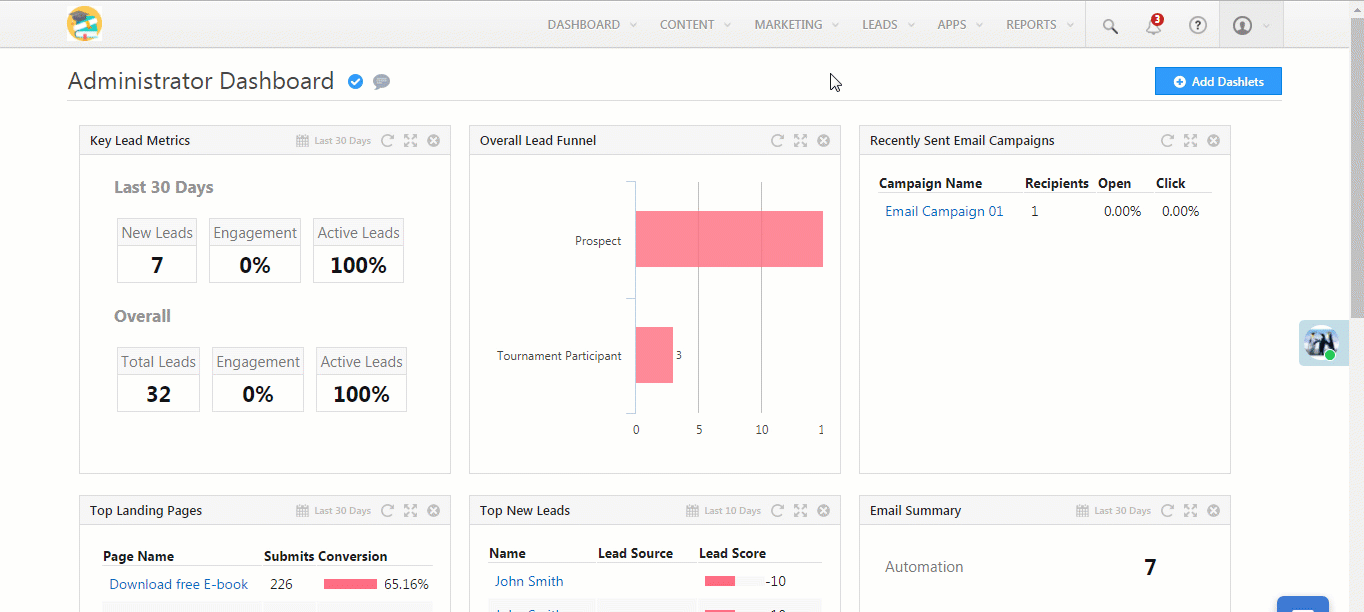
You can also download the follow-up email templates pdf to share with your friends or refer to it later. :)
You will meet a lot of people in real life and exchange contact cards. Even after having a fruitful initial conversation, you may not get any responses after the event.
These situations are common as your prospect may misplace your contact card, get occupied with other work, or even forget about mailing you completely. In these cases, you can send a follow-up email. Writing these emails is quite easy as you will only need to put details of your previous meeting.
Subject: What do you think of [event/trade show]?
Hi [Prospect],
What a day it was! I hope you enjoyed the [event].
I am sure that your company’s primary focus will be on improving [metrics]. Therefore, I thought I should get in touch with you sooner than later. I want to share some information regarding [product/service] that you said would be a helpful addition to your company. And I would be more than happy to have a quick chat over the phone. Just let me know if you have any queries. Here’s my contact number: [contact number].
Regards,
[Name]
You can simply send a “nice to meet you” email to refresh the memory of your prospects. It gives your prospects fast follow-up information and shows that you were attentive during the previous conversation. You can end the email asking for the next meeting.
Here is how you should frame that email.
Subject: Nice meeting you at [Event/Location/Date]
Hi [Prospect],
It was great meeting you at [Event/Location/Date]. I loved our conversation on [topic]. I am interested in [topic of interest] and with you as a [job role and position]. I feel that we could take this discussion further. If you are free in the coming days, let’s meet. I am usually free on [day of week and time] if that works for you. Looking forward to keeping in touch.
Regards,
[Name]
While it is a generic template, this gives you a fair idea of what you should talk about in the email. You can make it easier to schedule a meet by inserting a link to the meeting tool that you prefer. But be flexible with the timing of the meeting to give your prospects some degree of control.
Sometimes, you keep sending emails to the wrong person expecting a reply.
But people don’t generally reply if the message isn’t meant for them.
If you sense that the person you reached out to isn’t the right one, ask directly. They may affirm that they’re the right person, or they can refer you to the right point of contact.
Subject: Can you help me find [the right person]?
Hi [Prospect],
A few days back, I mailed you regarding [product or company], and I realized afterward that I might be barking up the wrong tree. My company offers [product/service] that would be fit perfectly for [company type]. Are you the right person to speak to about this? If not, you can connect me to [the decision-maker]. I look forward to your response.
Regards,
[Name]
Note that instead of writing “the right person” in the email, mention the relevant designations. It will clarify who exactly you’re looking for.
For example, you can write – Can you help me find the content editor/content manager?
In this section, I’d like to address the most common question that comes to everybody’s mind – how to follow up without being annoying.
We recommend certain ethics while sending a follow-up email. Otherwise, you know what happens next – you’ll be blocked or unsubscribed
1. Keep your emails short, to the point. Many people check their emails on their mobile devices. Long-winding sentences and too much text can be overwhelming and may dilute the main message.
2. Don’t use jargon. Keep it simple. Easy-to-read messages are 36% more likely to get a response.
3. Maintain gaps between follow-up emails. Also, check if your team members are sending other campaign emails to them. If that’s the case, then suppress the other campaign list. Too many emails from a brand might annoy the recipient.
4. Don’t send emails at odd hours. Check your email marketing or CRM software for ideal timings.
For example, according to our own research and based on 3,38,918 emails analyzed, we have found that Tuesdays and Thursdays work best for us.
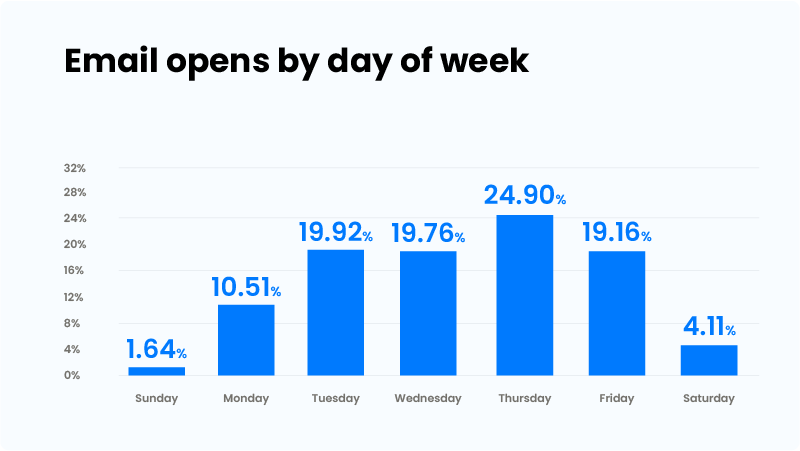
But these numbers will vary depending on your target audience. So, the best thing to do is track your email engagement metrics using the software.
Similarly, you can also check the email open rates by the hour of the day and schedule your follow-up emails accordingly.
5. Take cues from trigger events (e.g., website page visit, email open, ad clicked, etc.) and follow-up when your prospects are thinking about you.
6. Don’t play tricks with subject lines. Yes, the subject line needs to be catchy, but make sure it conveys what the email is about.
7. Finally, don’t be passive-aggressive. Even if you’re sending a follow-up email for the fifth time, keep your tone positive.
Following up is a challenge, especially when manual. Using a tool like LeadSquared to follow up automatically saves you time. It helps you identify the day and time that works the best for you in getting opens, clicks, and responses. You can also find devices your leads use to open your emails. Plus, you can save all of these templates in LeadSquared, so you’re basically good to go.
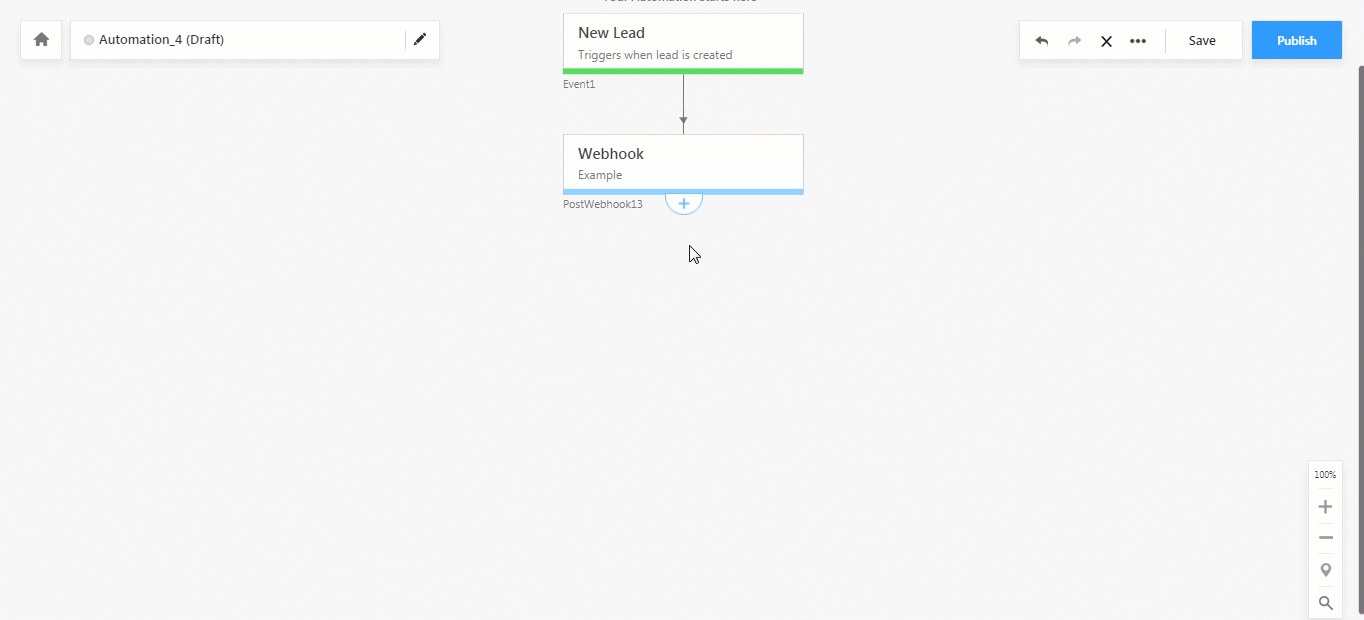
When it comes to follow-up emails, timing is important. Make good use of your CRM platform and analytics tools to know your customer better. This information can help you craft more relevant and personalized emails.
If you’re looking for a CRM that supports email marketing, look no further. LeadSquared has everything you need – from automated drips to tracking lead activities in one platform.
Book a free demo and see it in action yourself.
More in this series:
Personalization builds connection. Here are some tips:
1. Reference the initial interaction: Briefly acknowledge your previous message and its topic. Personalize it further by mentioning something specific from their initial inquiry or response.
2. Offer additional value: Go beyond simply requesting a response. Provide additional information, answer potential questions, or offer a helpful resource related to their initial interest.
3. Focus on building a relationship: Strike a conversational tone and personalize your message to build rapport. Show genuine interest in their needs and how your product or service can benefit them.
Tailoring addresses specific scenarios. Here are some adjustments:
1. Busy recipient: Acknowledge their potential busyness and offer to schedule a call at their convenience. Keep the email concise and focus on rescheduling rather than demanding an immediate response.
2. Lack of interest: If you suspect they’re not interested, re-evaluate your approach. Briefly reiterate the value proposition but avoid being overly persistent. You can offer to connect them with a relevant resource or politely end the conversation.
3. Incorrect contact information: Double-check the email address and consider alternative communication methods if a bounce-back occurs. You can try reaching out through social media or the company website contact form.
Metrics guide improvement. Here’s what to monitor:
1. Open rates and click-through rates: Track the percentage of recipients who open your follow-up emails and click on any links included within the message. This helps you assess the effectiveness of your subject lines and email content.
2. Response rates: Monitor the percentage of recipients who respond to your follow-up emails. This directly measures the success of your follow-up strategy in generating engagement.
3. Lead conversion rates: Track the conversion rate of follow-up email recipients into paying customers. This is the ultimate metric that measures the overall effectiveness of your follow-up emails in driving sales.
Nidhi is a content writer/editor at LeadSquared. She works closely with sales professionals and senior management to bring their outlook into her write-ups. Connect with her on LinkedIn or write to her at nidhi.agrawal@leadsquared.com.
(+1) 732-385-3546 (US)
080-46971075 (India Sales)
080-46801265 (India Support)
62-87750-350-446 (ID)

 12 Student Retention Strategies in Higher Education
12 Student Retention Strategies in Higher Education 